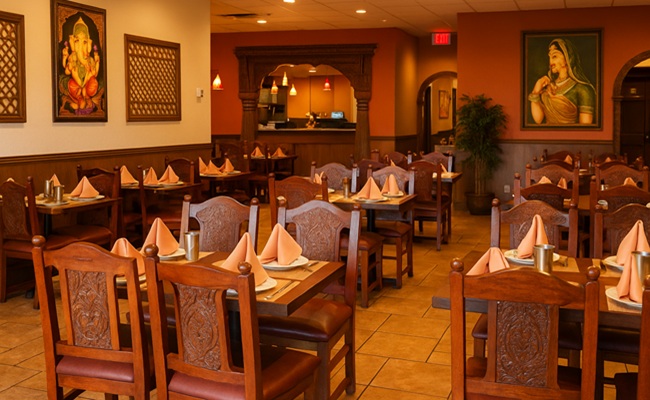
The explosive growth of Indian restaurants across the DFW metroplex is raising eyebrows - and for good reason. On the surface, it appears to be a sign of cultural prosperity, but a deeper look reveals a more sobering reality - many restaurateurs are struggling with losses and disappointment.
Frisco’s rapid development since 2012 inspired dreams of new beginnings - first homes, then businesses, particularly restaurants. The early days saw success for many, but as the area expanded and more neighborhoods emerged, the restaurant scene became oversaturated. Today, it’s estimated that there are over 350 Indian restaurants in the metroplex, yet only a fraction are truly profitable.
For many first-time investors, opening a restaurant with $50,000–$75,000 seemed like a promising gateway into entrepreneurship. However, the realities of the business quickly set in. High staff turnover (especially among cooks chasing better pay), rising utility and grocery costs, and now, the added burden of tariffs, have created an uphill battle. Inconsistent food quality, staffing challenges, and inflation are all compounding the problem.
From North Lake to Anna, Fort Worth to Garland, Denton to Downtown Dallas - the competition is fierce. Interestingly, about 60%–70% of these establishments are run by entrepreneurs of Telugu origin. In many cases, they outbid one another for prime locations. One Frisco restaurant owner recently attempted to expand to Irving, only to be outbid by another from Frisco, securing the same location at an astonishing $38,000/month.
Another owner who sold his share of a profitable grocery cum restaurant in Irving is now struggling to succeed in Frisco. Meanwhile, a new trend - vegetarian-only restaurants - is gaining traction. However, such concepts demand deeper culinary expertise to keep customers satisfied and returning.
Data shows that 80%–85% of these restaurants are operating at a loss, with owners often dipping into their IT salaries or personal savings just to stay afloat. With 3–5 year leases binding them, walking away isn’t an option unless a buyer is ready to take over.
The way forward? Owners must take a step back, conduct thorough market research, and carefully assess their financial capacity. A market correction of 25%–30% may be necessary for sustainability and long-term success.
Aditya, Dallas, TX
Disclaimer: These are the personal opinions of the author












